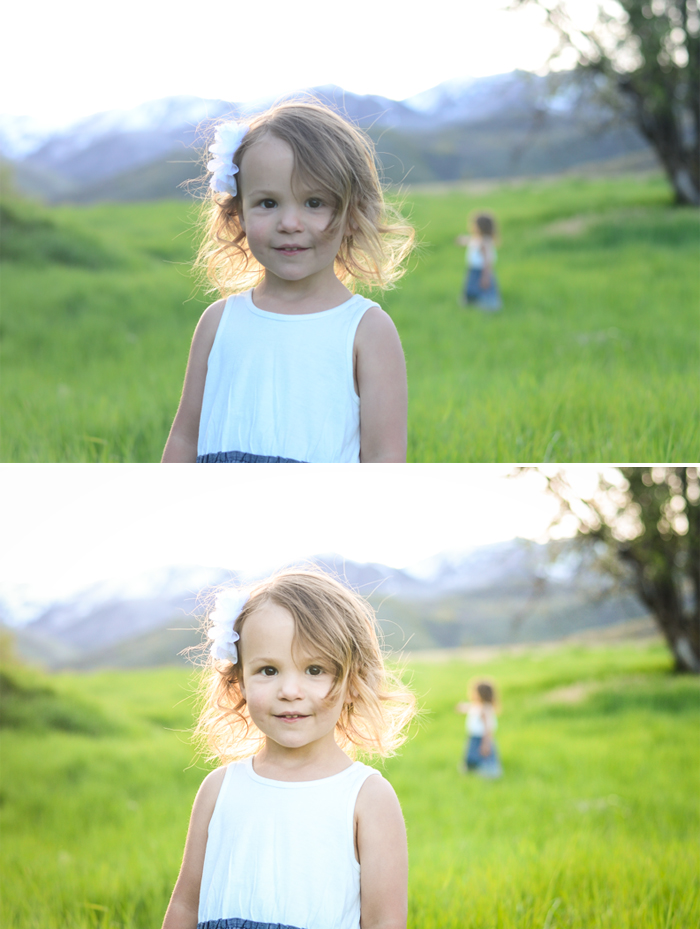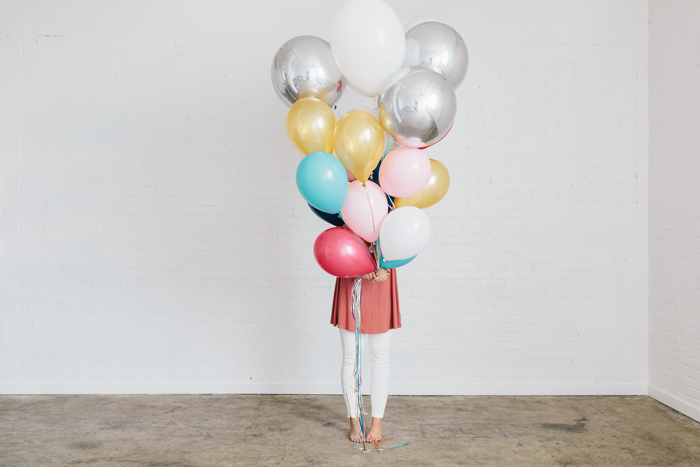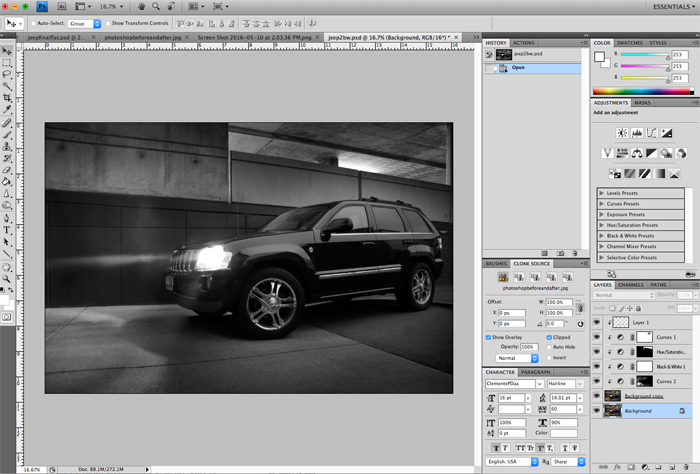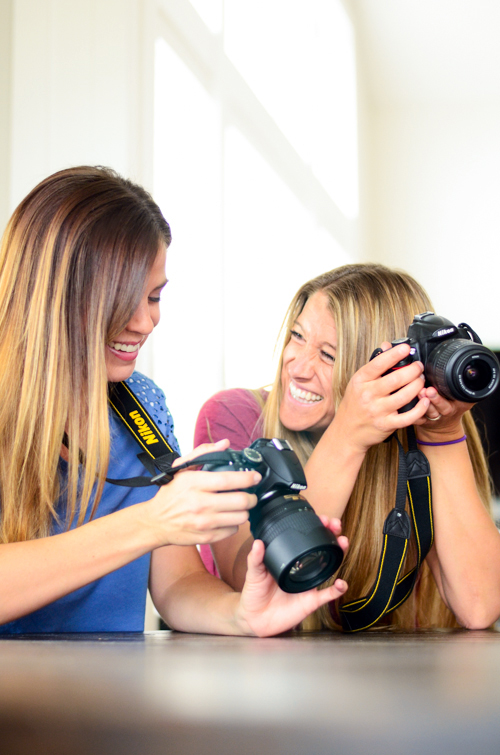My sweet little twin girls turned THREE today! I can hardly believe how fast they are growing up. It seemed like yesterday they were still in the NICU; all five-and-a-half pounds of them, connected to feeding tubes and oxygen help surrounded by nurses. We made it to three girls! You can stop growing up now.
Sometimes the phases that toddlers go through (fighting over toys, throwing fits, biting, having accidents, spilling drinks, having no interest in eating, getting out of bed five times a night, refusing to nap and falling apart before dinner... you know that kind of thing) can make for difficult days and long nights... now times that by TWO and it can turn into quite the circus act! I can honestly say that I wouldn't trade any of it for the world. Those moments are small and quickly forgotten amidst the joy, giggles, snuggles, love and pure happiness we experience together. I love these two little angels with all of my heart and am so blessed to have them call me Momma!
SO, as a tribute to them, today's post is entirely that; my latest portrait session with these two, taken a few nights ago at sundown. They laughed, cried, and toughed it out, walking through pokey fields with just sandals on and not having had much of a dinner. It went ten times better than I thought it would (I made them leave their best friends' birthday party early to catch the good light - dinner consisted of half a piece of pizza, sugar cookies and few bites of cake). Thanks for letting me capture the essence of who you are and just how much you love each other. These photos mean the world to me.
Happy birthday girlies!










































